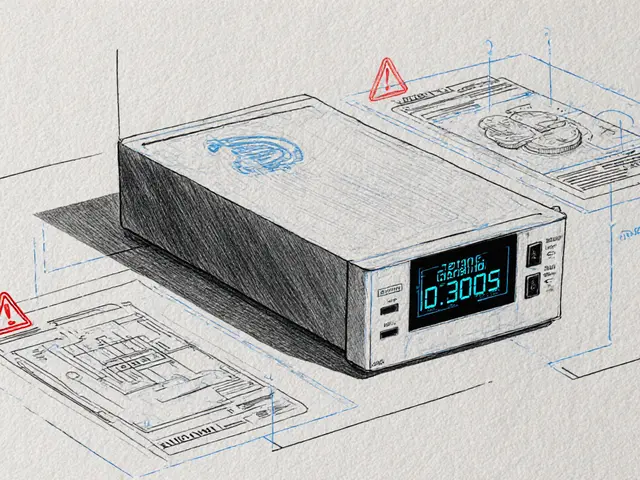Liquidity: Understanding Pools, Mining and DeFi Opportunities
When working with Liquidity, the ability of an asset to be bought or sold quickly without causing a big price change. Also known as market depth, it fuels every trade on a blockchain, from a tiny token swap to a multi‑million‑dollar transaction. If you’ve ever wondered why some coins glide through orders while others jump wildly, the answer lies in how much liquidity they have and where that liquidity is sourced.
Key Concepts that Shape Liquidity
One of the main sources of Liquidity is the Liquidity Pool, a smart contract that locks pairs of tokens so users can trade them instantly. Pools let anyone become a market maker by depositing assets and earning a share of the trading fees. When a pool grows, price slippage drops, making the token more attractive to traders. Another driver is Liquidity Mining, the practice of rewarding users with extra tokens for supplying assets to a pool. This incentive model accelerates pool growth, especially for newer projects that need a burst of activity. Liquidity mining connects tokenomics – the design of a token’s supply, distribution and rewards – with real‑world market depth. A well‑balanced tokenomics plan defines how many tokens are reserved for mining, how the reward rate decays over time, and what lock‑up periods protect against sudden withdrawals. The playground where most of this happens is the Decentralized Exchange, a platform that matches buyers and sellers directly from their wallets without a central order book. DEXs like Uniswap, SushiSwap or PancakeSwap rely entirely on liquidity pools. Their success is measured by total value locked (TVL), which tells you how much capital is backing trades. Higher TVL means tighter spreads, lower price impact, and a healthier ecosystem for both traders and liquidity providers. Together, these pieces form a loop: tokenomics incentivizes liquidity mining, mining feeds pools, pools boost DEX performance, and a vibrant DEX attracts more traders who generate fees that flow back to liquidity providers. This loop is the backbone of DeFi’s “money‑on‑the‑chain” narrative.
Below you’ll find a curated set of articles that dive deeper into each part of this loop. We cover a range of topics—from detailed coin profiles that explain why a token’s liquidity matters, to exchange reviews that assess fees, security and ease of adding liquidity. You’ll also see real‑world case studies, like how a low‑liquidity privacy coin struggles with price volatility, or how a new liquid‑staking token reshapes the staking landscape. Whether you’re a beginner looking to add your first token to a pool or an experienced trader hunting the best fee‑optimized DEX, the collection gives you actionable insights and practical steps.
Ready to explore the specifics? Scroll down to discover in‑depth analyses, step‑by‑step guides and the latest market data that will help you assess liquidity risks, spot high‑yield mining opportunities, and choose the right platforms for your strategy.
Market Orders vs Limit Orders: How They Work in Order Books
Learn the key differences between market orders and limit orders, how they work inside an order book, and when to choose each for optimal trade execution.
View More




